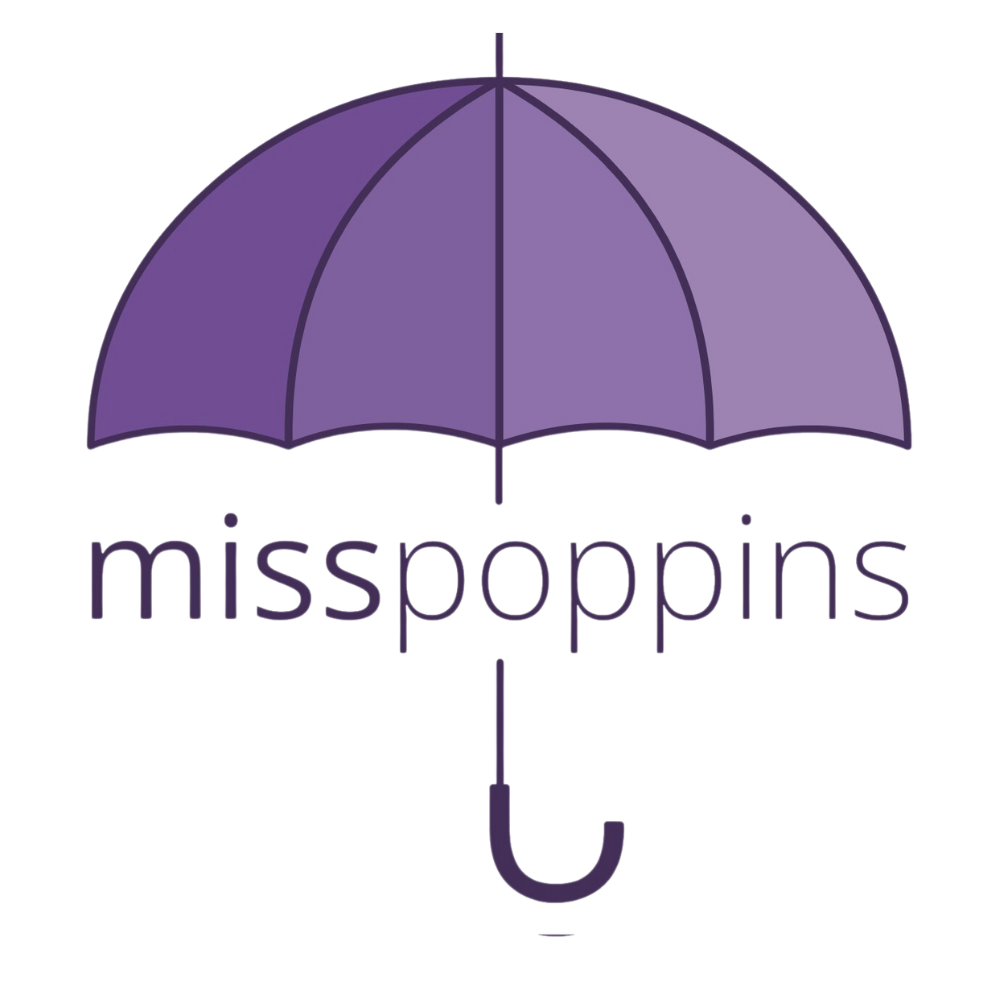Practices that Increase Desirable Behavior
Practices that Increase Desirable Behavior
One of the most effective tools for teaching your child how to behave is through modeling desirable behavior. Children learn by watching, so your actions and words play a crucial role in shaping their behavior. By consistently demonstrating positive behavior in your interactions with others, you provide a powerful example for your child to follow. Role-playing is another playful form of modeling that allows children to practice good behavior in a fun and engaging way. While no one is perfect, and we all slip up at times, even moments of imperfection can become valuable lessons—especially when you apologize. Modeling how to apologize gracefully is another important lesson in fostering desirable behavior, one that remains effective even as your child grows into adulthood.
Key Examples of Modeling Good Behavior:
Say Please and Thank You: Use polite language with everyone, including your toddler, to model respect and courtesy.
Apologize When Necessary: Show your child that it's okay to make mistakes and that apologizing is a part of resolving conflicts, even with them.
Use "I" Statements: Teach your child how to express themselves clearly and respectfully by using statements like "I feel" or "I need" to communicate emotions and needs.
Model Coping with Emotions: Demonstrate how to handle challenging emotions like anger or sadness in healthy ways. Avoid exposing your toddler to behavior or emotional reactions that may be too overwhelming for them to process.
By modeling positive behaviors consistently, you create an environment that encourages your child to adopt these behaviors naturally. The key is to remain mindful of your actions and interactions, as your child will always be learning from you.

